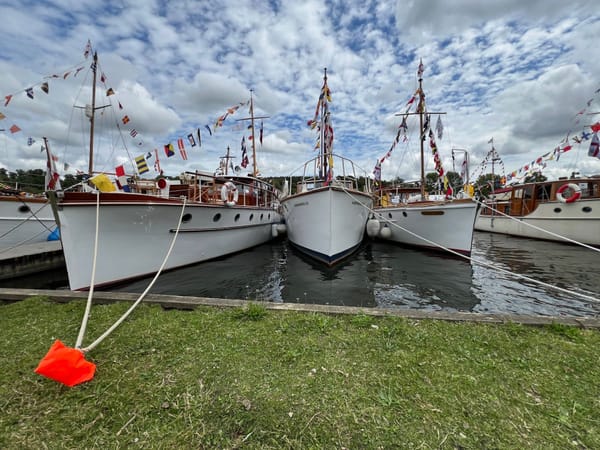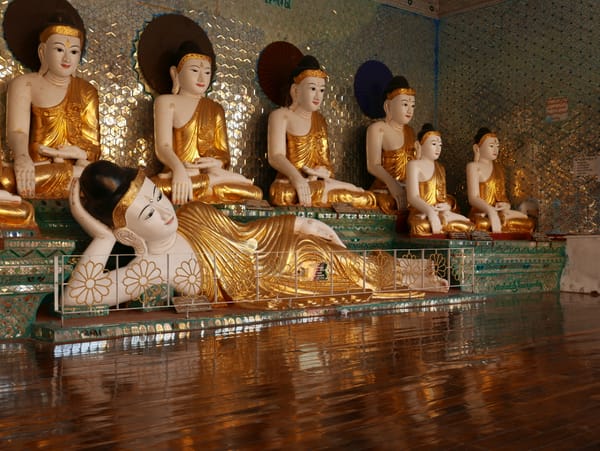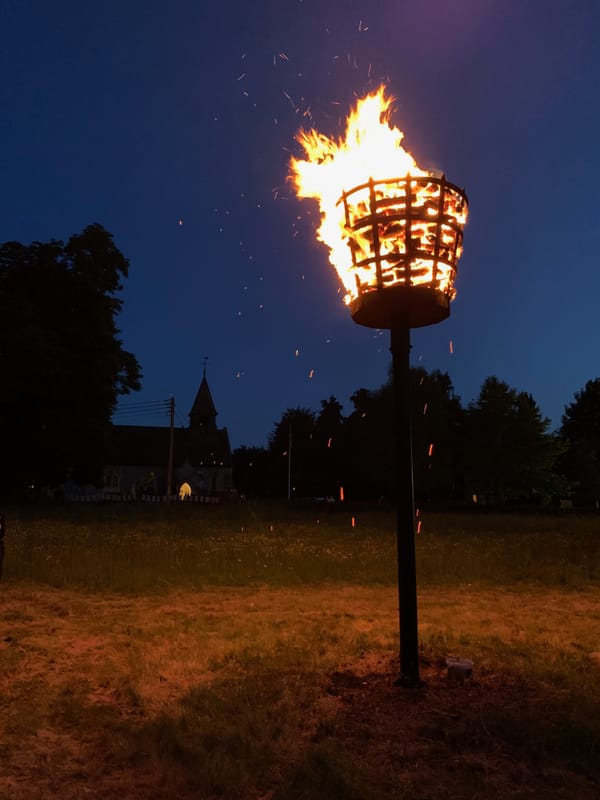Hong Kong — Stanley Promenade 赤柱海濱長廊, Hong Kong
A walk along the promenade
September 2015
Stanley (“Chek Chu” in Chinese) is one of the oldest villages on Hong Kong Island and takes its name from Lord Stanley, the British Secretary of State for the Colonies at the time of Hong Kong’s cession to Britain in 1841. The village first appeared in Chinese official records in the Ming Dynasty (1573-1620).
When Hong Kong Island came under British rule, Stanley had a population of 2,000 and was the most populated area on the island. It became the base for the British garrison, and a police station was set up in 1859. Yet, even with a military presence and a police station, the area failed to develop due to its remoteness and the threat from pirates.
In the 1930s, a gun battery was erected at Stanley as part of the island’s defences. But, it did not prevent a Japanese invasion in December 1941, with the Japanese, and the defending British Commonwealth troops, having a fierce final battle in Stanley.
During the second world war, Stanley Prison (the largest prison on the island, built in 1938), and the nearby St. Stephen’s College, were used as internment camps for government officers and foreign civilians.
Since the early 1970s, Stanley has become a popular tourist destination, and in 1998 it underwent significant rebuilding and redevelopment. As part of this, Murray House, one of Hong Kong's oldest buildings, was moved from the Central District to Stanley.
In 2007, a new public pier called the "Blake Pier at Stanley” 赤柱卜公碼頭 was built on the waterfront outside Murray House.
Stanley Promenade 赤柱海濱長廊 offers a beautiful walk from Blake Pier to the Stanley Market 赤柱市集.
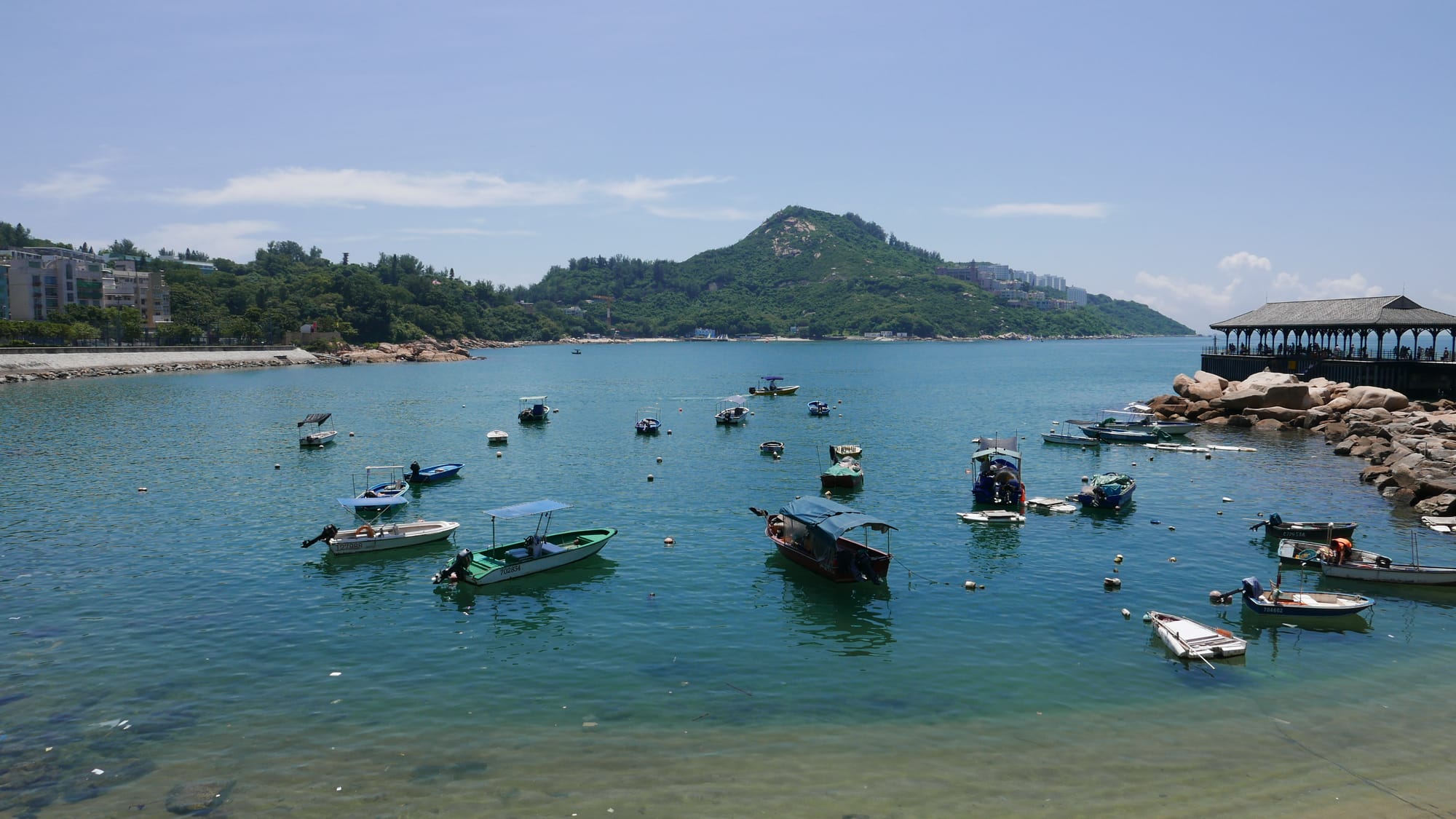
Looking along Stanley Promenade 赤柱海濱長廊.
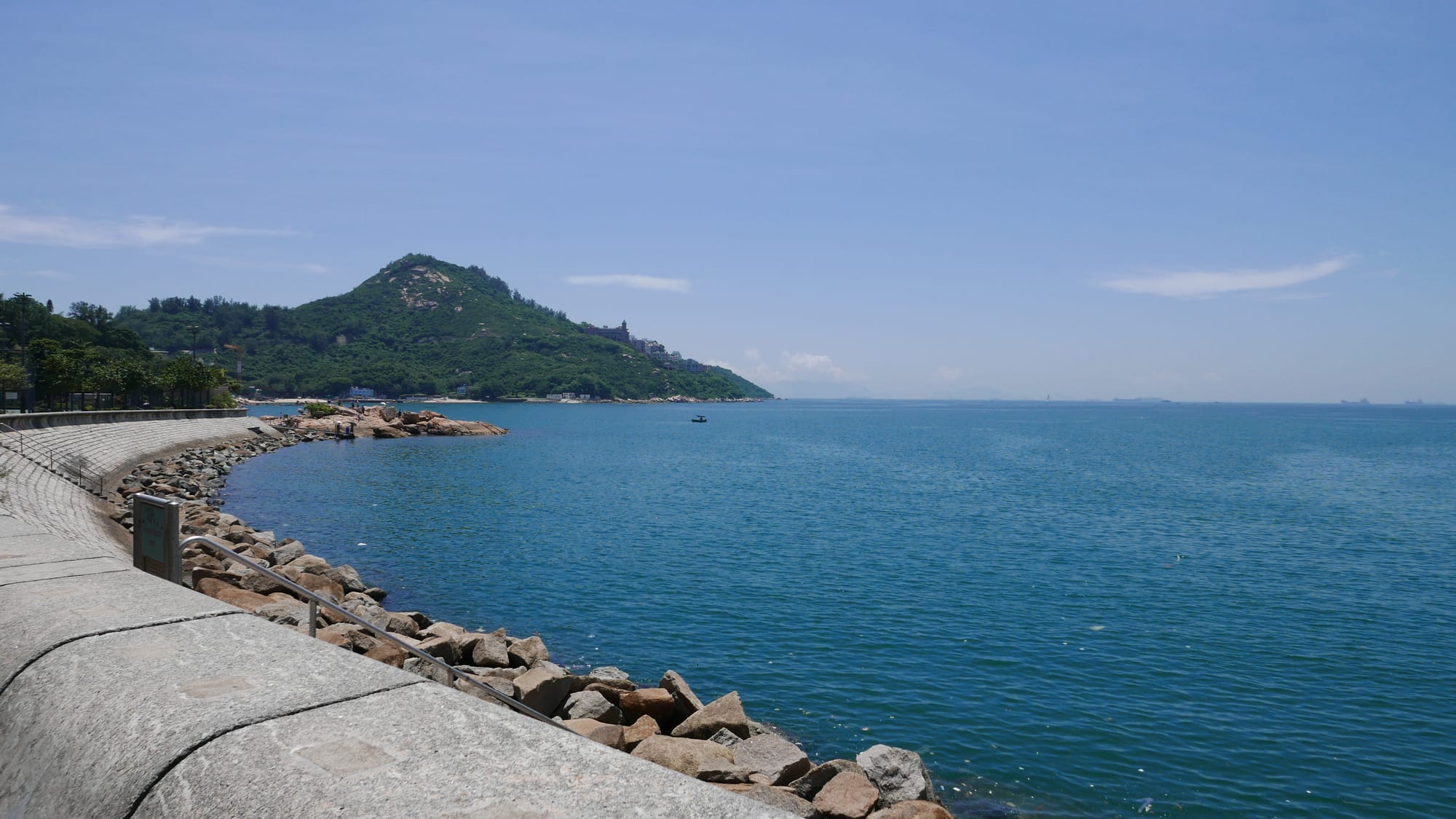
Looking back to Blake Pier at Stanley 赤柱卜公碼頭 and Murray House 美利樓.
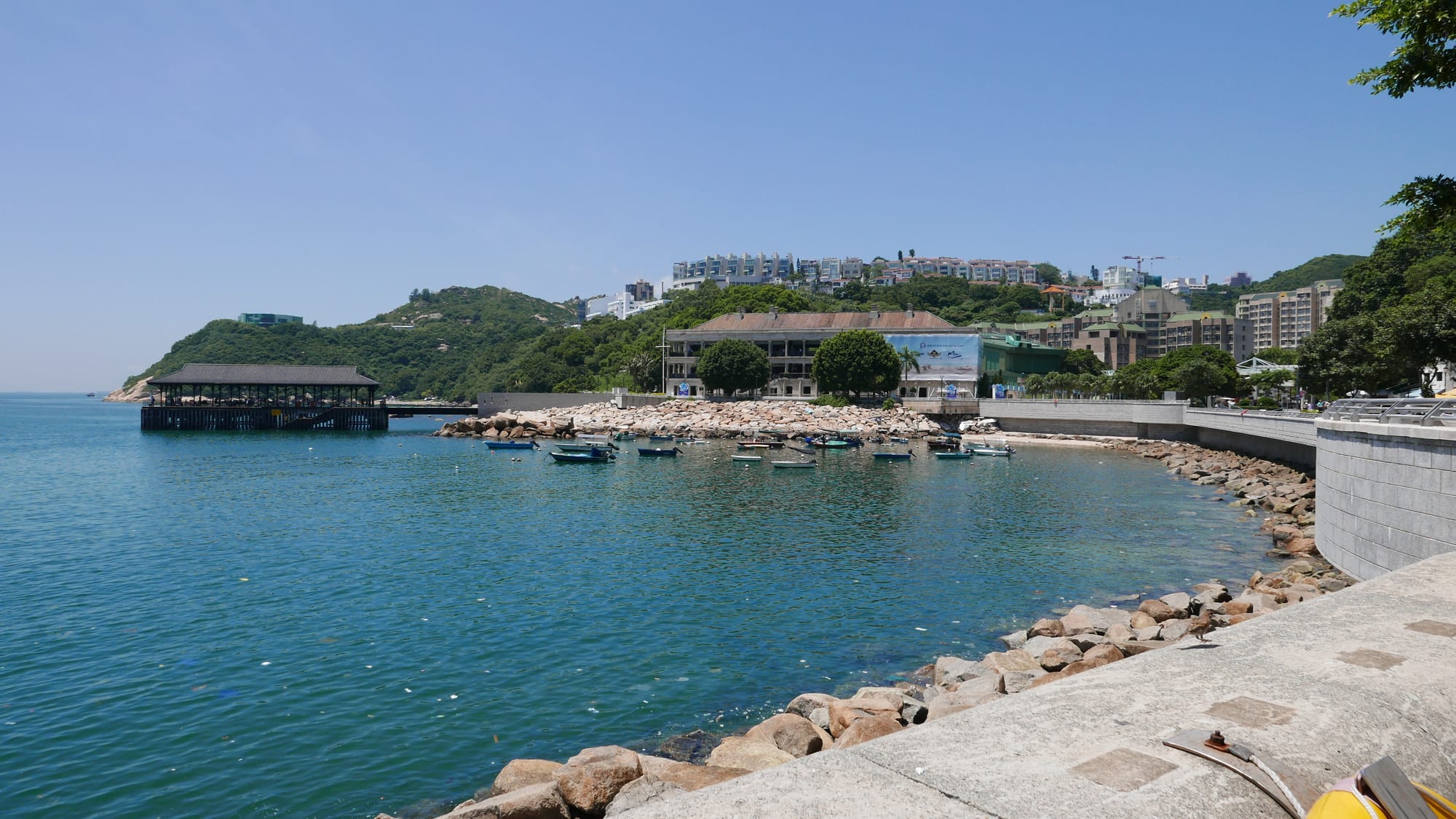
The waterfront down at Murray House 美利樓.
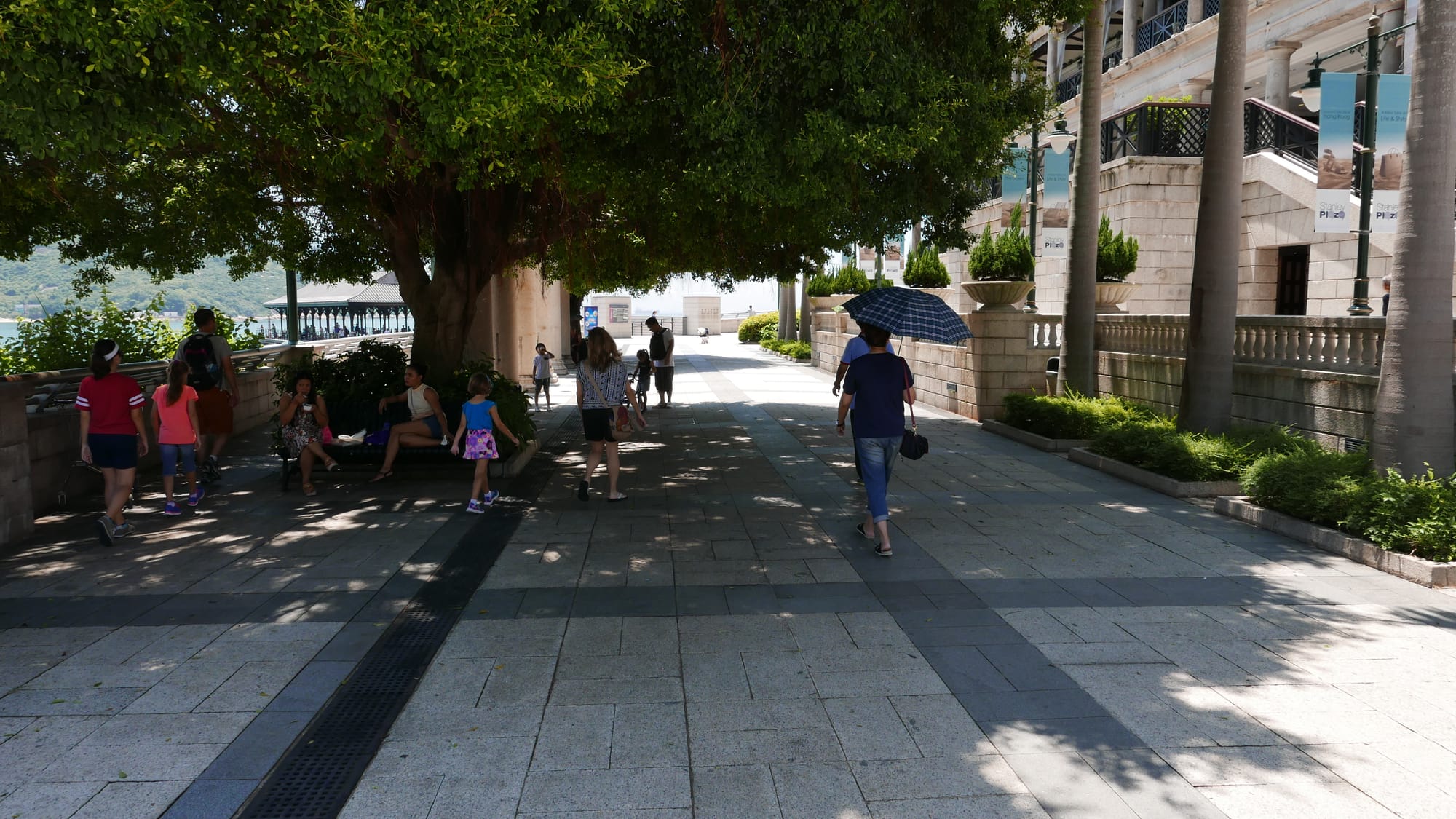
Stanley Promenade 赤柱海濱長廊 from Blake Pier at Stanley 赤柱卜公碼頭.
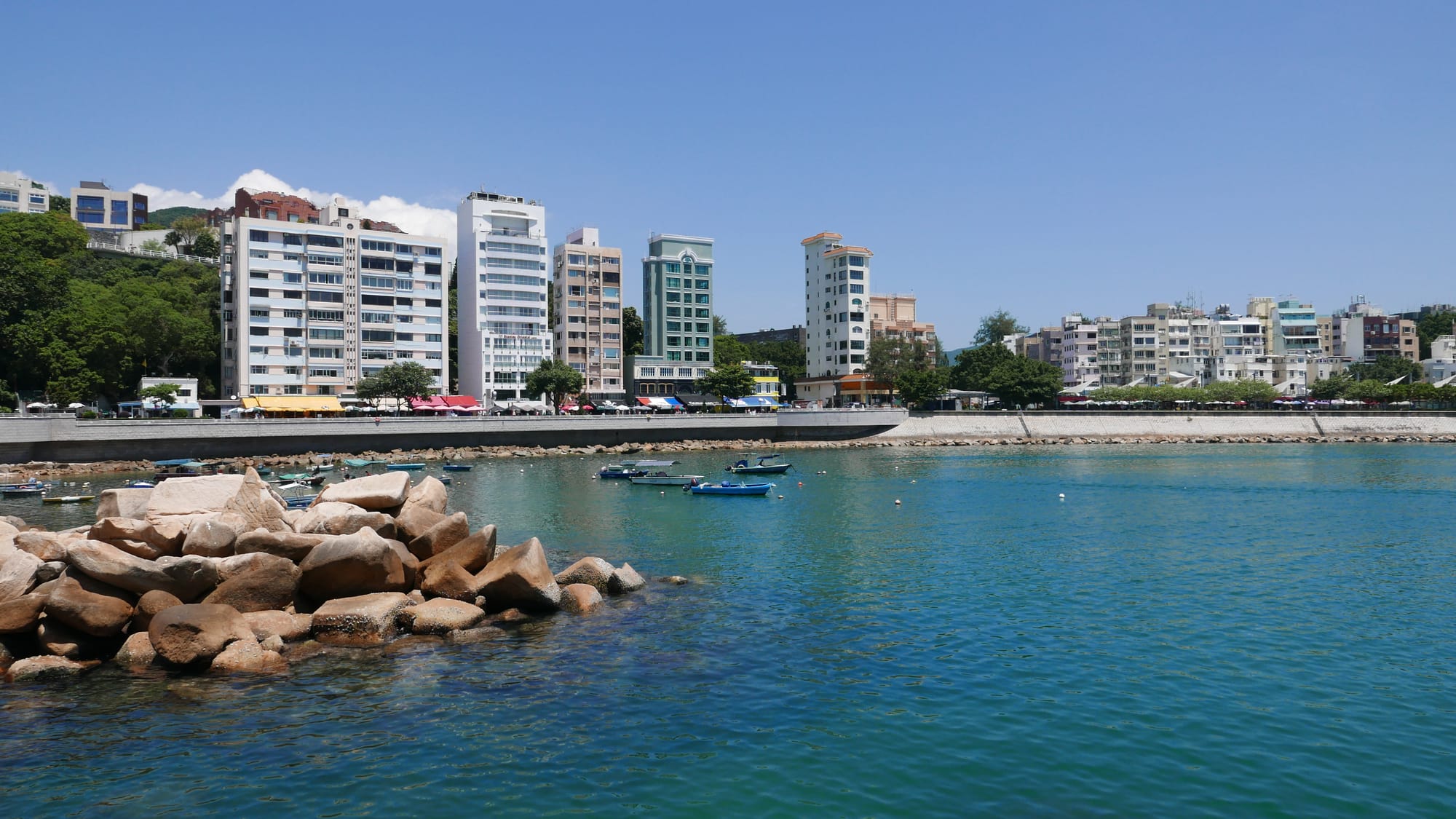
FourSquare: Stanley Promenade 赤柱海濱長廊
